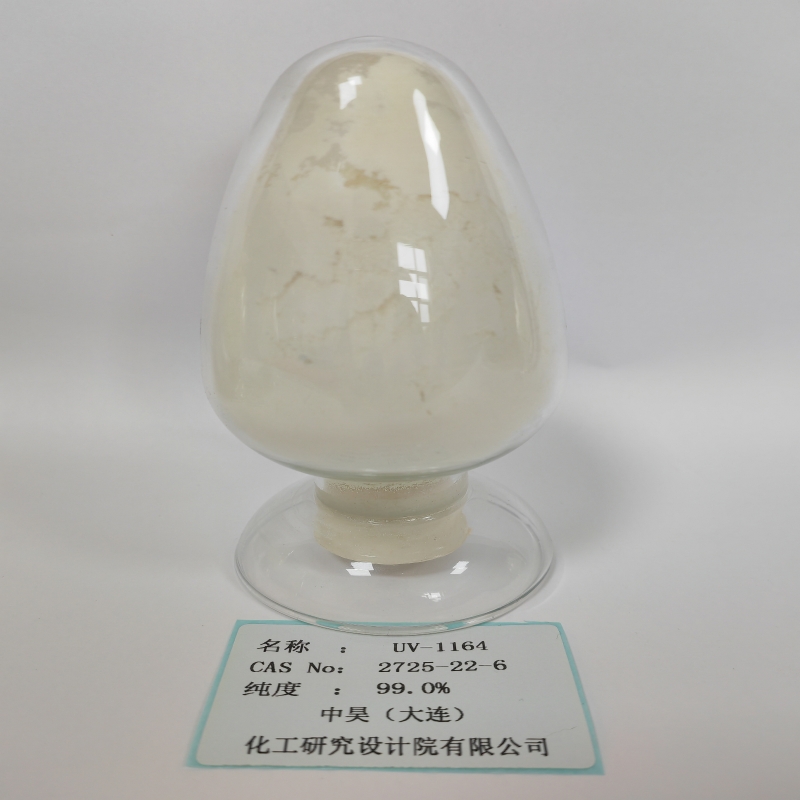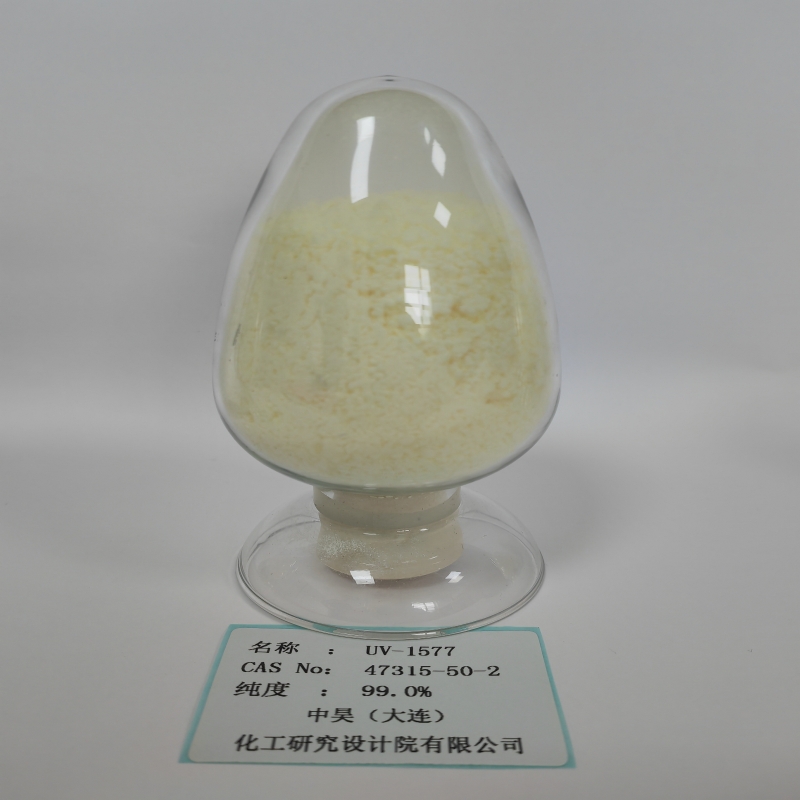-
Categories
-
Pharmaceutical Intermediates
-
Active Pharmaceutical Ingredients
-
Food Additives
- Industrial Coatings
- Agrochemicals
- Dyes and Pigments
- Surfactant
- Flavors and Fragrances
- Chemical Reagents
- Catalyst and Auxiliary
- Natural Products
- Inorganic Chemistry
-
Organic Chemistry
-
Biochemical Engineering
- Analytical Chemistry
-
Cosmetic Ingredient
- Water Treatment Chemical
-
Pharmaceutical Intermediates
Promotion
ECHEMI Mall
Wholesale
Weekly Price
Exhibition
News
-
Trade Service
In 2017, the annual shipment of smart meters worldwide exceeded 100 million units for the first time, bringing the total shipment to 170 million units
.
As meter manufacturers add nearly $5 billion annually to sales of hardware and related software and services, the wave of advanced metering infrastructure (AMI) technology will continue, even as some major deployments begin to peak
in the coming years.
In 2017, the annual shipment of smart meters worldwide exceeded 100 million units for the first time
According to IHS Markit's latest electricity meter report, the Asia-Pacific region is still the region with the largest shipments of smart meters due to the huge volume of China
.
However, promotion in individual countries outside of China is increasingly changing regional trends
.
For example, smart meter projects in Japan are expected to be completed during the forecast period, accounting for 13%
of total shipments in the Asia-Pacific region.
As manufacturers look to expand their reach, recent developments in South Korea and India will also provide the next growth point
.
EMEA plays an important role in the global market
While not the region with the largest current shipments, there are some of the most diverse and interesting activities
in Europe, the Middle East, and Africa.
The EMEA region now accounts for one-fifth of global smart meter shipments, and the region has the highest smart meter adoption
.
However, the report brings good news and bad news
to the forecast of overall smart meter shipments.
The good news is that IHS Markit predicts that shipments of smart meters will continue to grow, with peak global shipments exceeding 125 million units
by 2020.
This is mainly due to the deployment of smart meters in many European countries, including France and the United Kingdom, which are currently the strongest drivers
.
In France, the Linky project, which replaces old meters with standardized G3 PLC smart meters, is proceeding
as planned.
Despite the imminent implementation of the SMETS2 program (as it is still delayed), the SMETS1 program deployment in the UK has been driving the market growth
.
IHS Markit still expects strong growth in the UK, but predicts greater risks as implementation of SMETS2 continues to be delayed
.
In addition, with other EU countries such as Italy and Sweden also promoting through national smart meters, European growth will continue
in the coming years.
The potentially bad news is that global shipments will peak around 2020, after which overall shipments of smart meters will naturally decline
.
As some early deployed AMRs begin to be replaced by second-generation AMI systems, the gap between this fall and the next shipment is a matter of
replacement cycles.
Second-generation advanced metering infrastructure and services
Utilities and vendors alike are looking at AMI-related software and services
.
For suppliers, it's a way to move away from a hardware-only business model and a way
to solidify their position as a utility solution provider and technology partner.
For utilities, the opportunity to take advantage of a "as-a-service" business model means reducing the risk
of adopting new technologies.
In fact, IHS Markit expects utilities to spend more than $58 billion between 2016 and 2023 on meter-targeted AMI solutions, with increasing funding going to non-physical aspects of the system, namely software and managed services
.
Regionally, North America and Europe show the strongest signs of moving towards managed services, with Network-as-a-Service driving AMI managed services in Europe and North America in particular, with spending of $548 million and $410 million
, respectively, by 2023.
,
In 2017, the annual shipment of smart meters worldwide exceeded 100 million units for the first time, bringing the total shipment to 170 million units
.
As meter manufacturers add nearly $5 billion annually to sales of hardware and related software and services, the wave of advanced metering infrastructure (AMI) technology will continue, even as some major deployments begin to peak
in the coming years.
In 2017, the annual shipment of smart meters worldwide exceeded 1 million units for the first time
In 2017, the annual shipment of smart meters worldwide exceeded 1 million units for the first timeAccording to IHS Markit's latest electricity meter report, the Asia-Pacific region is still the region with the largest shipments of smart meters due to the huge volume of China
.
However, promotion in individual countries outside of China is increasingly changing regional trends
.
For example, smart meter projects in Japan are expected to be completed during the forecast period, accounting for 13%
of total shipments in the Asia-Pacific region.
As manufacturers look to expand their reach, recent developments in South Korea and India will also provide the next growth point
.
EMEA plays an important role in the global market
EMEA plays an important role in the global marketWhile not the region with the largest current shipments, there are some of the most diverse and interesting activities
in Europe, the Middle East, and Africa.
The EMEA region now accounts for one-fifth of global smart meter shipments, and the region has the highest smart meter adoption
.
However, the report brings good news and bad news
to the forecast of overall smart meter shipments.
The good news is that IHS Markit predicts that shipments of smart meters will continue to grow, with peak global shipments exceeding 125 million units
by 2020.
This is mainly due to the deployment of smart meters in many European countries, including France and the United Kingdom, which are currently the strongest drivers
.
In France, the Linky project, which replaces old meters with standardized G3 PLC smart meters, is proceeding
as planned.
Despite the imminent implementation of the SMETS2 program (as it is still delayed), the SMETS1 program deployment in the UK has been driving the market growth
.
IHS Markit still expects strong growth in the UK, but predicts greater risks as implementation of SMETS2 continues to be delayed
.
In addition, with other EU countries such as Italy and Sweden also promoting through national smart meters, European growth will continue
in the coming years.
The potentially bad news is that global shipments will peak around 2020, after which overall shipments of smart meters will naturally decline
.
As some early deployed AMRs begin to be replaced by second-generation AMI systems, the gap between this fall and the next shipment is a matter of
replacement cycles.
Second-generation advanced metering infrastructure and services
Second-generation advanced metering infrastructure and servicesUtilities and vendors alike are looking at AMI-related software and services
.
For suppliers, it's a way to move away from a hardware-only business model and a way
to solidify their position as a utility solution provider and technology partner.
For utilities, the opportunity to take advantage of a "as-a-service" business model means reducing the risk
of adopting new technologies.
In fact, IHS Markit expects utilities to spend more than $58 billion between 2016 and 2023 on meter-targeted AMI solutions, with increasing funding going to non-physical aspects of the system, namely software and managed services
.
Regionally, North America and Europe show the strongest signs of moving towards managed services, with Network-as-a-Service driving AMI managed services in Europe and North America in particular, with spending of $548 million and $410 million
, respectively, by 2023.
,







